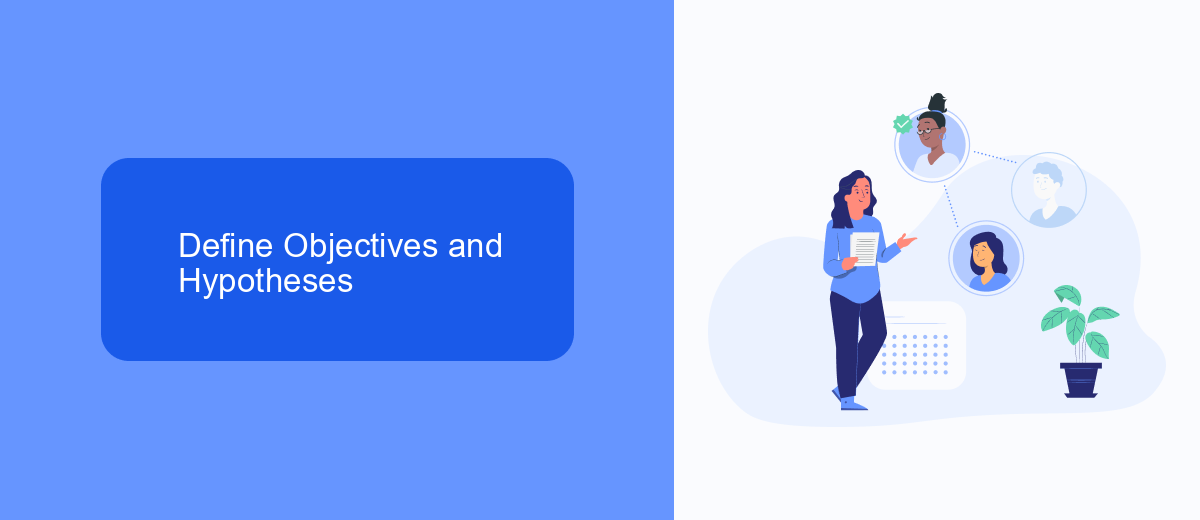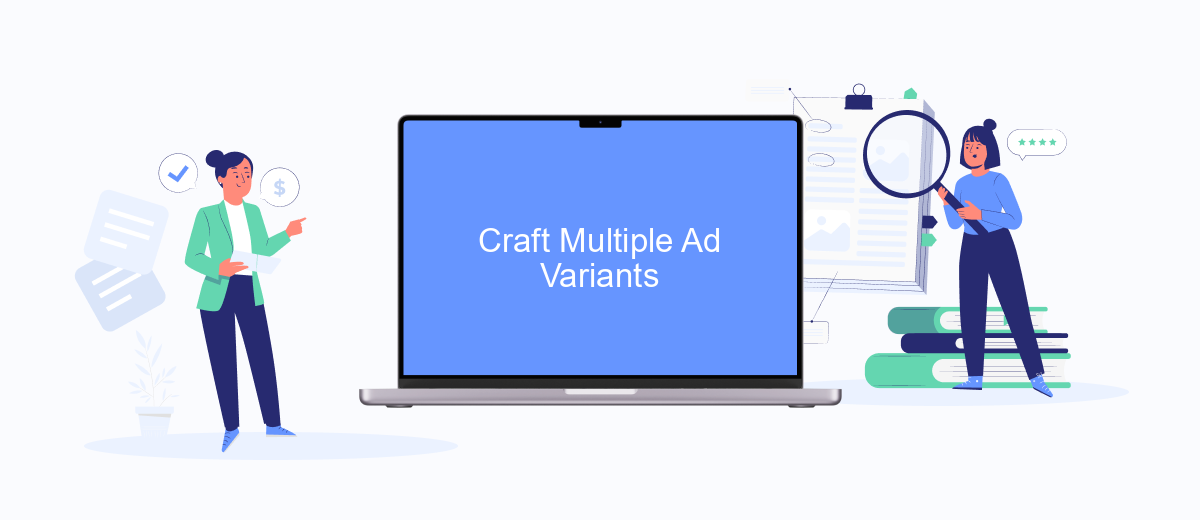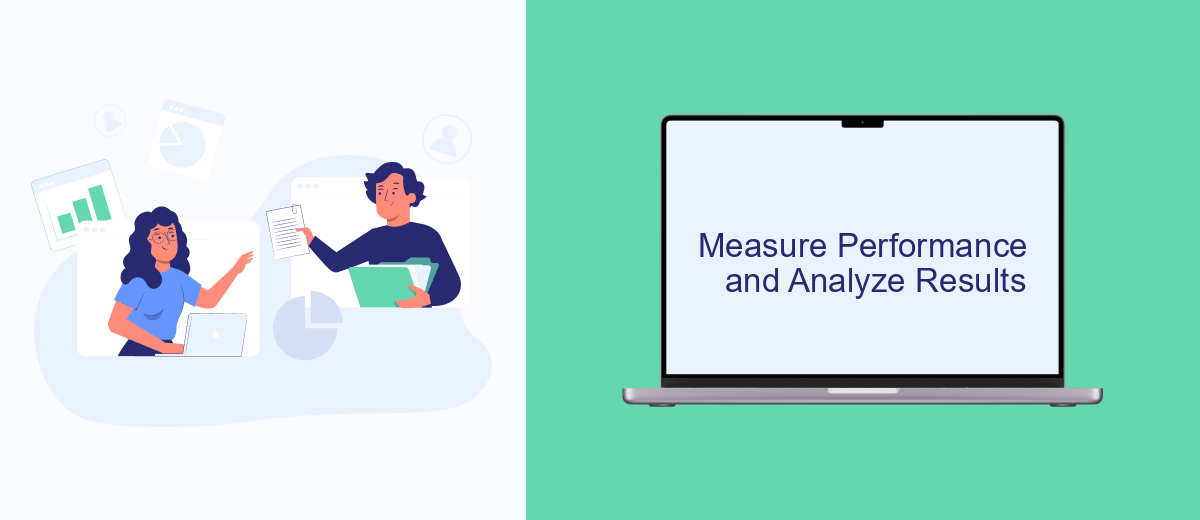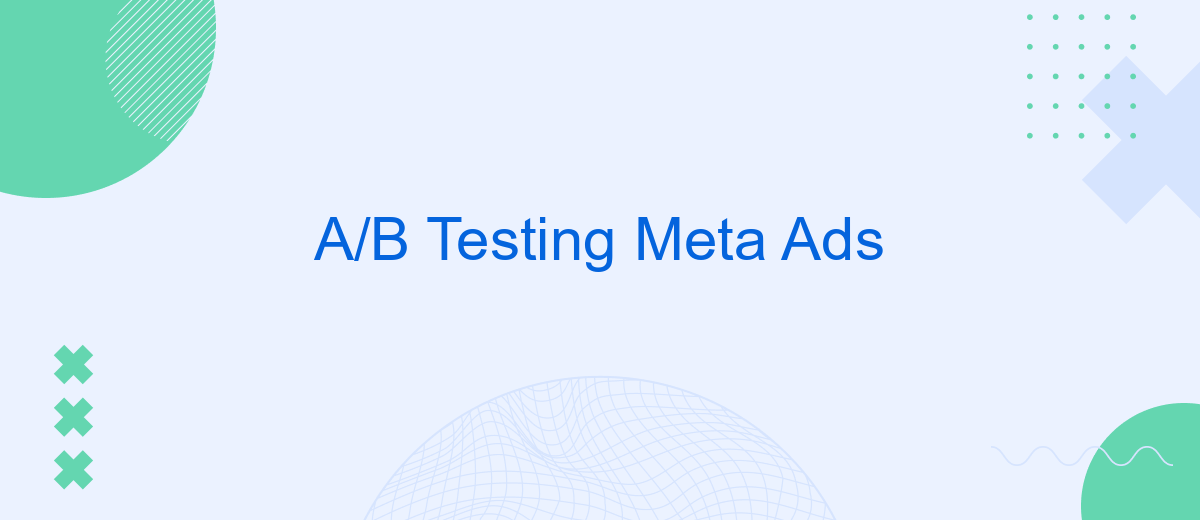A/B testing is a powerful method for optimizing Meta Ads, enabling marketers to compare different ad variations and identify which performs better. By systematically experimenting with elements like headlines, images, and calls-to-action, businesses can make data-driven decisions to enhance engagement and conversion rates. This article delves into the essentials of A/B testing for Meta Ads, offering insights and best practices for effective implementation.
A/B Testing for Meta Ads
A/B testing for Meta Ads is an essential strategy to optimize ad performance and maximize ROI. This process involves creating two versions of an ad (A and B) and comparing their performance to determine which one resonates better with the audience. By systematically testing variables such as ad copy, images, and targeting options, marketers can make data-driven decisions to enhance their campaigns.
- Define clear objectives for your A/B test.
- Create two distinct versions of your ad.
- Run both ads simultaneously to a similar audience.
- Collect and analyze performance data.
- Implement the winning ad's elements in future campaigns.
Integrating A/B testing tools with Meta Ads can streamline the process. Services like SaveMyLeads can automate the data collection and analysis, making it easier to identify winning strategies. By leveraging such integrations, businesses can save time and focus on refining their ad campaigns for better results.
Define Objectives and Hypotheses

Before diving into an A/B test for Meta Ads, it's crucial to define clear objectives and hypotheses. Objectives should be specific, measurable, achievable, relevant, and time-bound (SMART). For instance, an objective could be to increase the click-through rate (CTR) of your ads by 15% within a month. By setting precise goals, you can better measure the success of your A/B testing efforts and make data-driven decisions.
Next, formulate hypotheses that you aim to test. A hypothesis is an educated guess about how changes to your ads might impact performance. For example, you might hypothesize that changing the ad headline to be more action-oriented will increase CTR. To streamline the process and ensure accurate data collection, consider using integration services like SaveMyLeads. This tool can automate data transfer between Meta Ads and your analytics platform, ensuring you have real-time insights to validate your hypotheses effectively.
Craft Multiple Ad Variants

Creating multiple ad variants is a crucial step in A/B testing Meta Ads, as it allows you to compare different elements and determine which version performs best. By crafting multiple ad variants, you can identify what resonates most with your audience and optimize your campaigns accordingly.
- Develop different headlines: Experiment with various headlines to see which one grabs the most attention.
- Change visuals: Use different images or videos to see which visual content engages your audience more effectively.
- Vary the ad copy: Test different text variations to find out which message is more compelling to your target audience.
- Adjust call-to-actions (CTAs): Try different CTAs to see which prompts the most user action.
- Test different formats: Use carousel ads, single image ads, and video ads to determine the most effective format for your campaign.
To streamline the process of managing multiple ad variants and tracking their performance, consider using integration services like SaveMyLeads. This tool can automate data collection and analysis, allowing you to focus on optimizing your ad strategies without the hassle of manual tracking. By leveraging such services, you can make more informed decisions and enhance the overall effectiveness of your A/B testing efforts.
Measure Performance and Analyze Results

Measuring the performance of your A/B testing campaigns on Meta Ads is crucial for understanding what works best for your audience. Start by identifying the key performance indicators (KPIs) that align with your campaign goals, such as click-through rates (CTR), conversion rates, and return on ad spend (ROAS). Use Meta Ads Manager to track these KPIs in real-time and gather data on user interactions.
Once you have collected sufficient data, analyze the results to determine which variant performed better. Look for statistically significant differences between the test groups to ensure that your findings are reliable. Utilize data visualization tools to make sense of the numbers and identify trends or patterns that can inform future campaigns.
- Define clear KPIs before starting the test.
- Use Meta Ads Manager for real-time tracking.
- Analyze data for statistical significance.
- Visualize results to identify trends.
For seamless integration and automation, consider using SaveMyLeads. This service helps you connect Meta Ads with various CRM systems, ensuring that your lead data is automatically updated and easily accessible for analysis. By leveraging such tools, you can streamline your workflow and focus on optimizing your ad performance.
Optimize Campaigns Based on Insights
Once you have gathered data from your A/B tests, it's crucial to analyze the insights to optimize your Meta Ads campaigns effectively. Start by identifying which variations performed better and understand why they outperformed others. Look into key metrics such as click-through rates, conversion rates, and engagement levels to determine the most impactful elements. This analysis will help you pinpoint successful strategies and areas that need improvement, ensuring your future campaigns are more targeted and efficient.
To streamline this process, consider integrating automation tools like SaveMyLeads. These tools can automatically collect and analyze data from your ad campaigns, providing you with real-time insights. By leveraging such services, you can quickly adjust your strategies based on the latest findings, saving time and maximizing your ad spend. Implementing these optimizations will not only enhance your campaign’s performance but also contribute to a more robust overall marketing strategy.


FAQ
What is A/B testing in Meta Ads?
How do I set up an A/B test in Meta Ads?
What metrics should I focus on during an A/B test?
How long should an A/B test run?
Can I automate A/B testing and integrate results with other tools?
Are you using Facebook Lead Ads? Then you will surely appreciate our service. The SaveMyLeads online connector is a simple and affordable tool that anyone can use to set up integrations for Facebook. Please note that you do not need to code or learn special technologies. Just register on our website and create the necessary integration through the web interface. Connect your advertising account with various services and applications. Integrations are configured in just 5-10 minutes, and in the long run they will save you an impressive amount of time.
